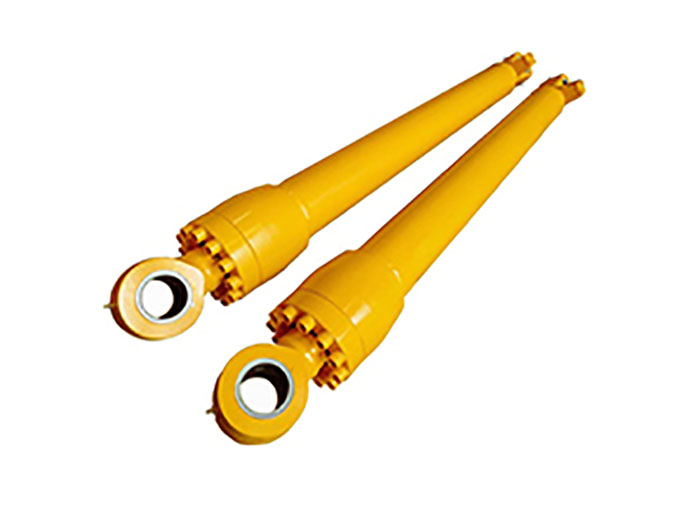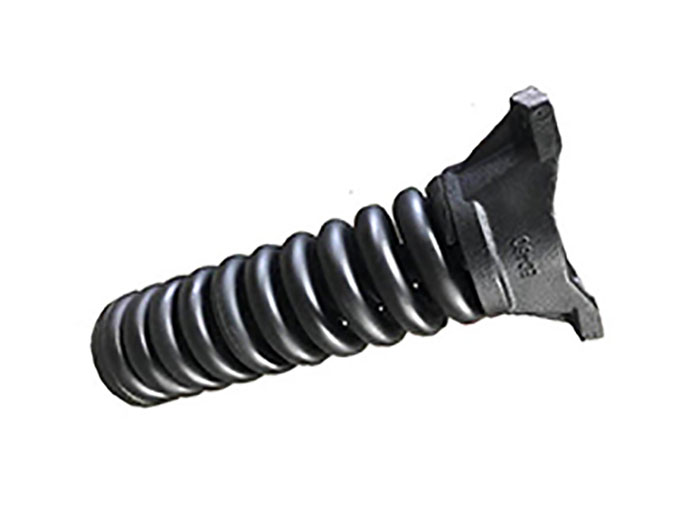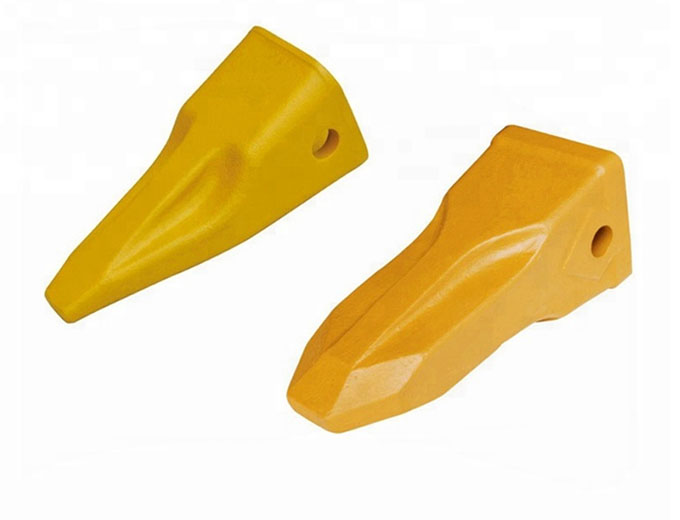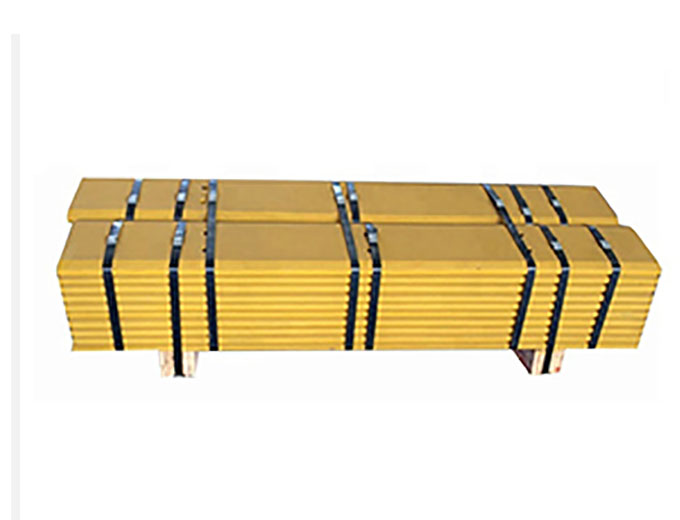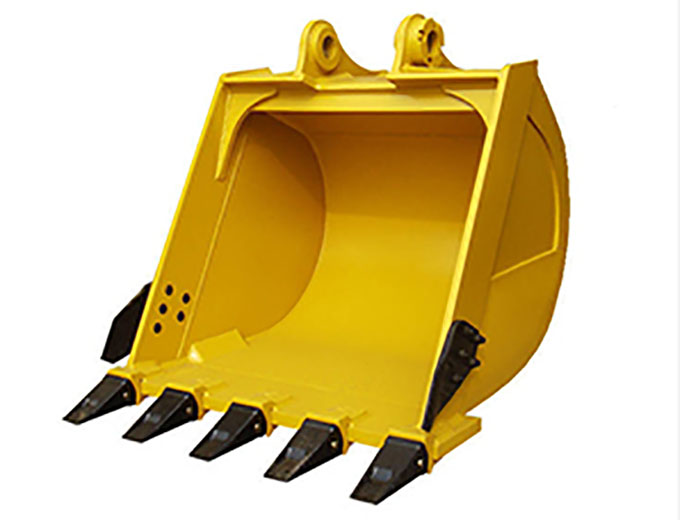Problem solving methods for bulldozers undercarriage
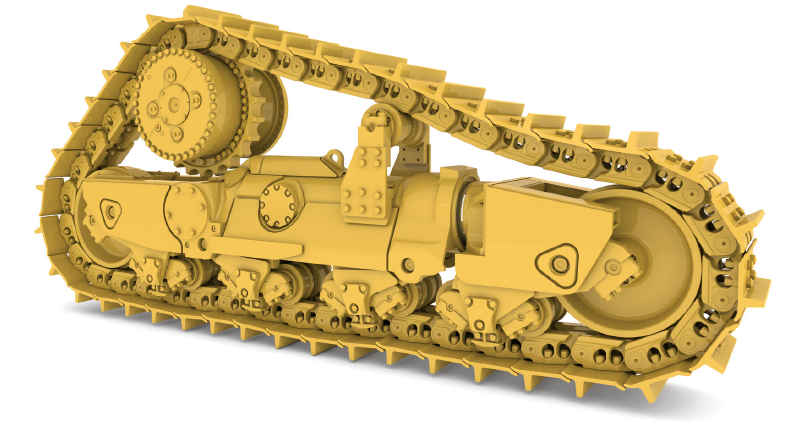
Problem solving methods for daily maintenance of bulldozer undercarriage
(1) The crawler track maintains proper tension
If the tension is too high, the spring tension of the idler pulley acts on the track pin and the track bushing, the outer circle of the pin and the inner circle of the track bushing have been subjected to high extrusion stress, and the pin and the track bushing will be prematurely worn during operation. The elastic force of the spring also acts on the idler shaft and the bushing, resulting in a large surface contact stress, which makes the idler bushing easy to grind into a semicircle, and the track pitch is easily elongated, and it will reduce the mechanical transmission efficiency and waste the transmission of the engine to the sprocket and track power.
If the track tension is too loose, the track will be easily separated from the idler and roller, and the track will lose its correct alignment, which will cause the running track to fluctuate, beat, and impact, resulting in abnormal wear of the idler and roller.
The adjustment of the crawler tension is done by adding butter to the oil filling nozzle of the tension cylinder or releasing the butter from the oil discharge nozzle, and adjusting with reference to the standard clearance of each model. When the pitch of the track segments is elongated to the point where a set of track segments needs to be removed, the meshing surface of the drive wheel tooth surface and the track bushing will also be abnormally worn. The sleeve is turned over, the excessively worn pins and track bushings are replaced, and the track joint assembly is replaced.
(2) Keep the idler position aligned
The misalignment of the idler has a serious impact on other parts of the traveling mechanism, so adjusting the gap between the idler guide plate and the track frame (correcting the misalignment) is the key to prolong the life of the traveling mechanism. When adjusting, use the gasket between the guide plate and the bearing to correct. If the gap is large, remove the gasket; if the gap is small, increase the gasket. The standard clearance is 0.5 to 1.0mm, and the maximum allowable clearance is 3.0mm.
(3) Turn the track pin and track bushing over at the appropriate time
During the wear process of the track pin and the track bushing, the track pitch is gradually elongated, resulting in poor engagement between the drive wheel and the track bushing, resulting in damage to the track bushing and abnormal wear on the tooth surface of the drive wheel, which will cause meandering, flapping, and impact. Greatly shorten the life of the walking mechanism. When the pitch cannot be recovered by adjusting the tension, it is necessary to turn the track pin and track bushing over to obtain the correct track pitch. There are two ways to determine the time when the track pin and the track bushing are turned over; one method is to determine the time when the track pitch is elongated by 3mm; the other method is to determine the time when the outer diameter of the track bushing is worn by 3mm.
(4) Tighten the bolts and nuts in time
When the bolts of the traveling mechanism are loose, they are easily broken or lost, causing a series of failures. The following bolts should be checked for daily maintenance: the mounting bolts of the support roller and the supporting roller, the mounting bolts of the drive wheel tooth block, the mounting bolts of the track shoe, the mounting bolts of the roller guard plate, and the mounting bolts of the diagonal brace head. Refer to the instruction manual of each model for the tightening torque of the main bolts.
(5) Timely lubrication
The lubrication of the traveling mechanism is very important. Many roller bearings are “burned to death” and the fee is not found because of oil leakage. It is generally believed that the following 5 places may leak oil: due to the poor or damaged O-ring between the retaining ring and the shaft, oil leaks from the outer side of the retaining ring and the shaft; due to poor contact of the floating seal ring or O-ring defect, the Oil leaks between the outer side of the ring and the rollers (supporting rollers, guide rollers, driving wheels); due to the poor O-ring between the rollers (supporting rollers, guide rollers, driving wheels) and the bushing, from the bushing and the Oil leaks between the rollers; oil leaks at the filler plug due to loose filler plug or damage to the seat hole sealed by the conical plug; oil leaks between the cover and the roller due to poor O-rings. Therefore, you should pay attention to checking the above parts at ordinary times, and add and replace them regularly according to the lubrication cycle of each part.
(6) Check for cracks
The cracks of the undercarriage system should be checked in time, and the welding repair and strengthening should be carried out in time.
